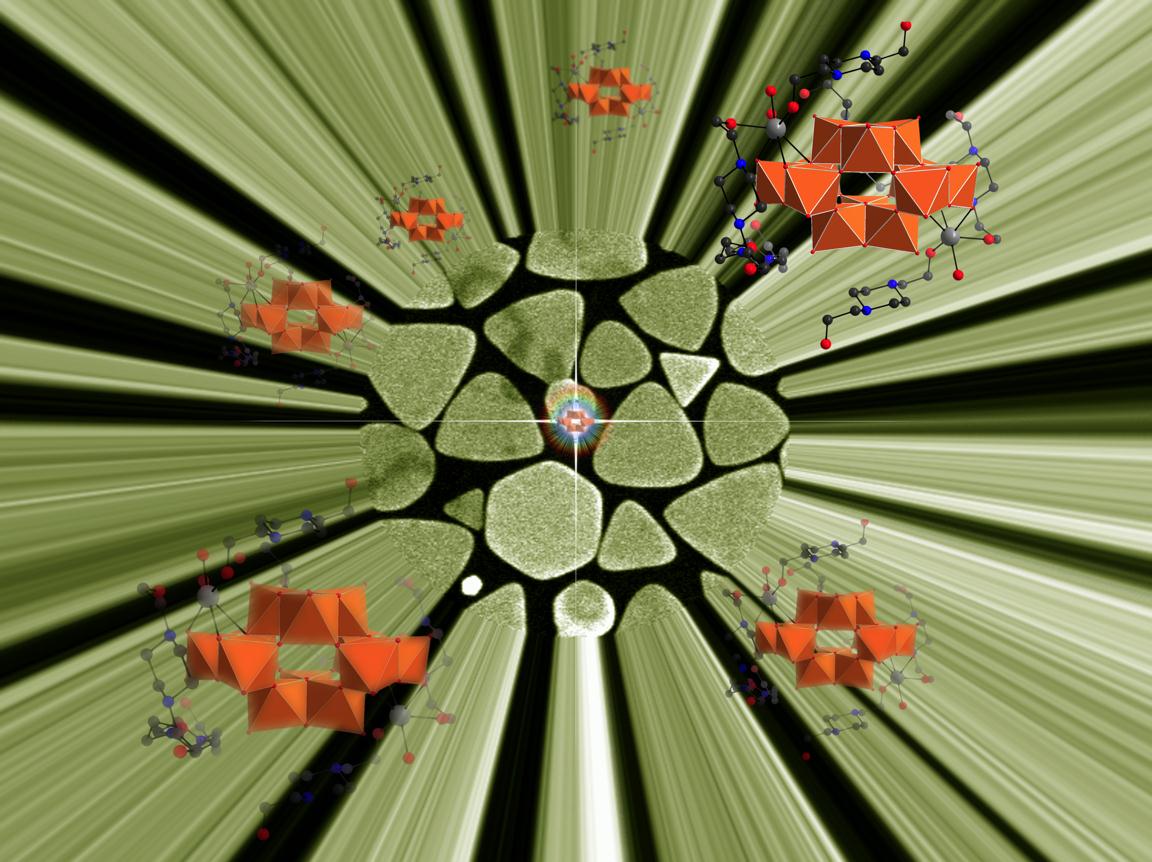PI: Jesús Martínez de la Fuente
Beneficiary: Ana Claro
FP7 -PEOPLE-2012 –IEF
(2014-2016)
Our ordinary language has no means for describing a particular shade of colour” (Ludwig Wittgenstein in Philosophical Remarks, Chicago: The University of Chicago Press, 1984). This interdisciplinary project, combining Conservation Science, Nanotechnology, Restoration and Art History, aims to confront this problem regarding the binders applied in paintings, sculptures and illuminated manuscripts, which have a particularly diverse colour palette, rich in material terms as well as in symbolic and aesthetic values.
Currently, the characterization of artwork binders (egg yolk, glair, gums and oils) requires microsampling combined with powerful but expensive techniques performed by specialized personnel. Despite all the advantages that nanotechnology has brought to molecular diagnostics and the healthcare industry in the recent years, the field of artwork preservation and conservation has not yet greatly benefited from nanobiosensing tools. The NANOART project will develop a nanobiosensor for the successful detection and identification of the biomolecules present in the paints of ancient artworks. This will lead to the development of a new and inexpensive “nanokit” based on gold nanoparticles which will allow to identify at point-of-care the nature of binders used in different artworks with an enhanced sensitivity. The gold nanoparticles will be used as a reporting agent enabling a colorimetric identification of different biomarkers that may be present in nanosamples taken from artworks, providing a unique opportunity to immediately explore the origin of the binders at the naked eye.
The NANOART kit will hopefully be made available to conservation scientists from around the world, facilitating the knowledge over historical productions and help worldwide museums, conservation and restoration art studios and laboratories to plan the best conservation and preventive strategies for our worldwide Cultural Heritage.
